When oral care brands plan to launch or expand their electric toothbrush mechanism, one of the most critical decisions lies in choosing the right motor type. The motor types in electric toothbrushes directly affect brushing performance, cost, durability, and ultimately, consumer satisfaction. For OEM partnerships, understanding the difference between sonic toothbrush motor and rotary brush motor OEM solutions is essential in aligning product design with brand positioning. This article compares Sonic vs. Rotary for OEM Designs, providing insights that help brand owners and sourcing teams make informed choices when working with toothbrush manufacturers.
Modern electric toothbrushes typically rely on two motor systems: sonic toothbrush motors and rotary brush motors. Both are proven in the oral care industry but cater to different user needs and market segments. The choice between them determines brushing style, cleaning efficiency, noise level, and product cost structure.
A sonic toothbrush motor generates high-frequency vibrations—usually between 20,000 to 40,000 strokes per minute. Instead of rotating the brush head, it vibrates at sonic speed, creating fluid dynamics that push toothpaste and saliva into hard-to-reach areas.
OEM advantages:
Appeals to premium markets focused on gentle yet effective cleaning.
Lower mechanical complexity compared to gears in rotary systems.
Often associated with sleek, slim toothbrush designs.
Supports advanced features like smart sensors and Bluetooth tracking.
A rotary brush motor OEM design uses oscillating-rotating technology, moving the brush head in circular motions. While generally operating at lower frequencies than sonic types, rotary mechanisms excel at mechanical plaque removal and are often preferred by users who value a more “manual-like” cleaning action.
OEM advantages:
Strong brand recognition (many global oral care leaders use rotary systems).
Reliable cleaning performance, especially for heavy plaque removal.
Compatible with interchangeable head designs (cross-action, polishing cups, etc.).
Often more cost-effective for mass-market positioning.
When developing an electric toothbrush mechanism, brands must balance:
Target market positioning: Premium vs. mass-market.
User experience: Gentle vibration vs. powerful rotation.
Battery life: Sonic motors typically consume less energy.
Noise levels: Sonic systems tend to be quieter.
Customization options: Rotary motors often allow diverse brush head variations.
OEM partners play a crucial role in adapting these factors into feasible designs.
The Sonic vs. Rotary for OEM Designs debate doesn’t have a single answer. Instead, it depends on brand strategy:
Luxury oral care lines often select sonic motors for their innovative image and comfort-driven performance.
Mainstream or family-oriented lines may prefer rotary brush motor OEM solutions for their cost efficiency and proven plaque-fighting reputation.
Hybrid strategies exist, where a brand offers both motor types across different product tiers to capture a wider audience.
For brands entering the electric toothbrush market, collaboration with the right factory is critical. An experienced OEM manufacturer can guide decisions on motor types in electric toothbrushes, ensuring the selected mechanism aligns with brand goals, cost targets, and regulatory compliance.
Brands should look for:
Technical expertise in both sonic and rotary designs.
R&D support for custom features and differentiation.
Scalable production capacity for global distribution.
Proven track record in oral care compliance and certifications.

The decision between a sonic toothbrush motor and a rotary brush motor OEM system defines more than just product performance—it shapes brand identity in the competitive oral care market. By understanding the differences in electric toothbrush mechanisms and carefully evaluating Sonic vs. Rotary for OEM Designs, oral care brands can confidently partner with manufacturers to deliver products that meet consumer expectations and business objectives.
.jpg)
How does dental technology like AI diagnostics improve accuracy

Creating the Perfect Smile: The Innovative Technology and Effectiveness of Dentistry Instruments
.jpg)
Tampa bulk electric toothbrushes
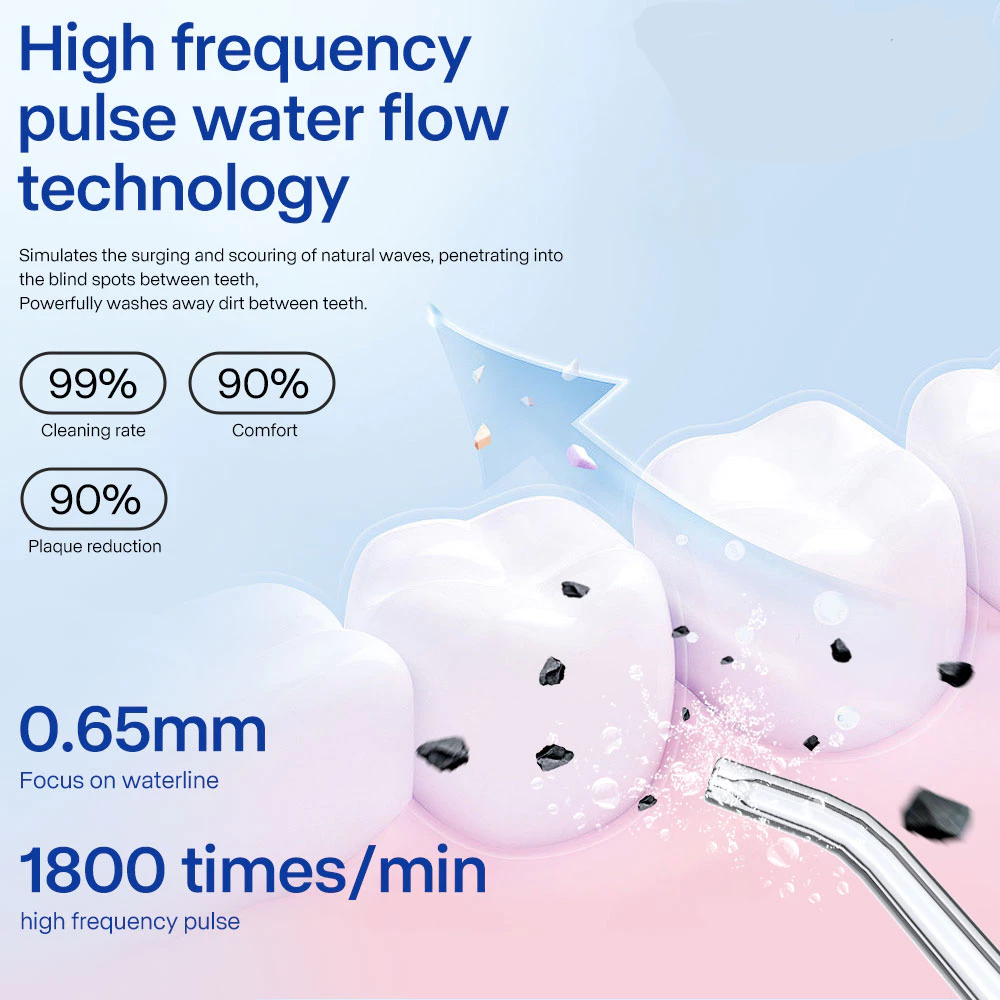
Is a Dentist approved Mumbai seal valid for an antibacterial brush head?

Improve Your Oral Hygiene with These Toothbrush Care Tips
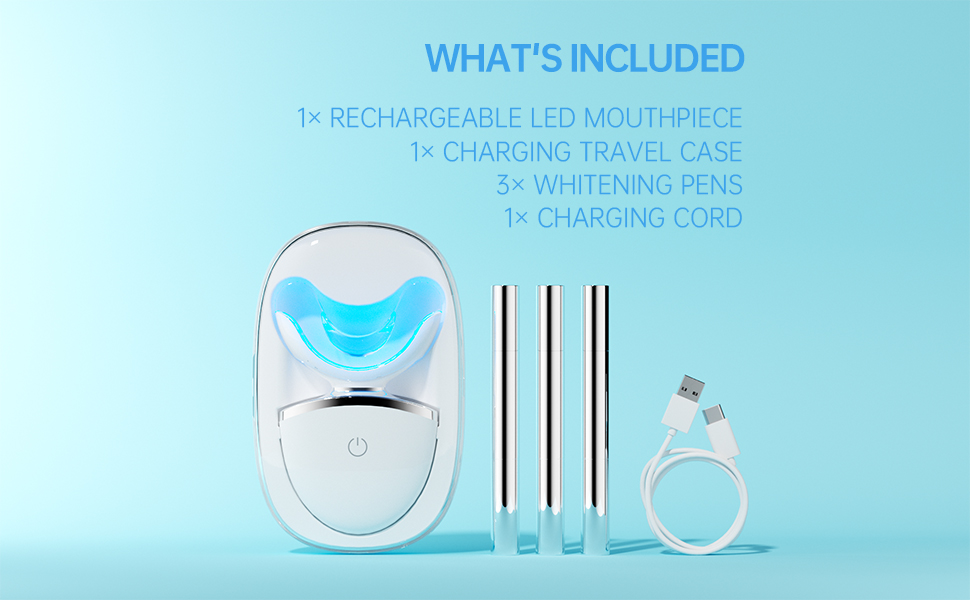
How Do Salons Do the Whitening Teeth Products Business? An OEM Supplier’s Insight
Western Style Electric Toothbrush
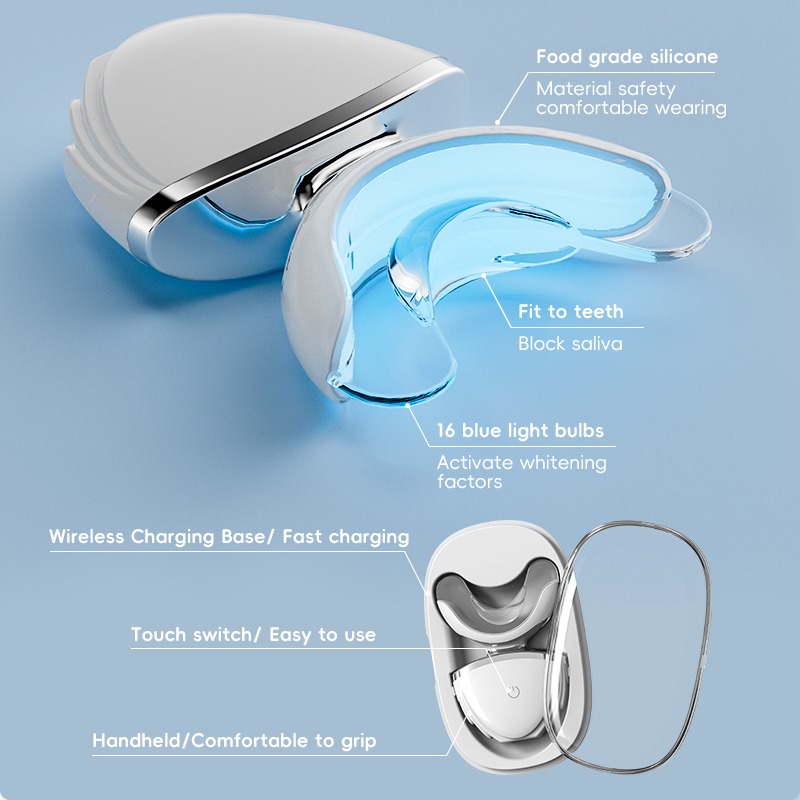
Market share and competitor analysis of Dental Masks
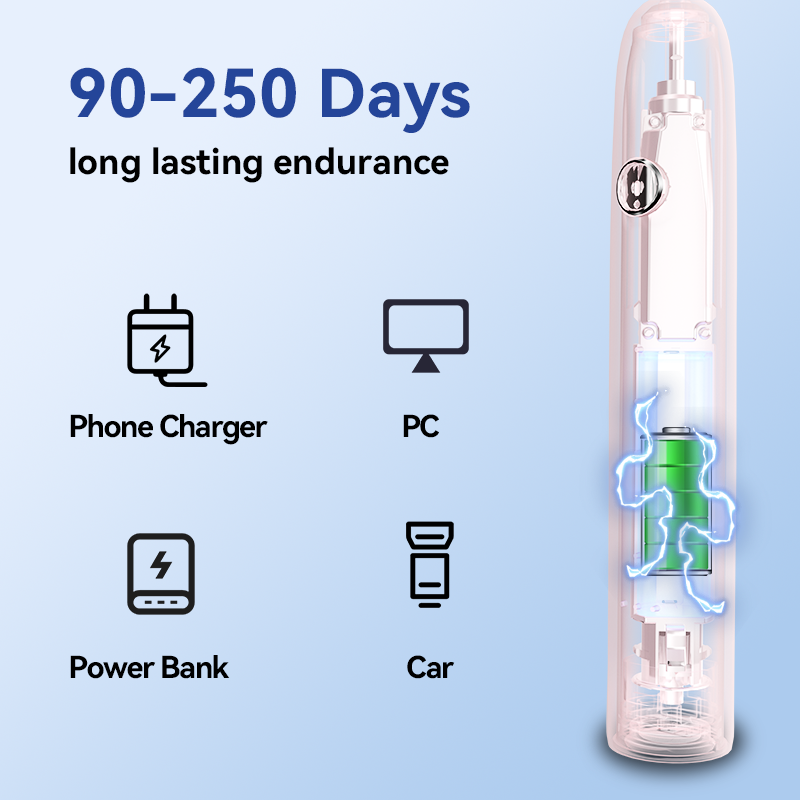
How Do I Know When My Toothbrush Is Fully Charged? OEM Solutions for Clear Indicators
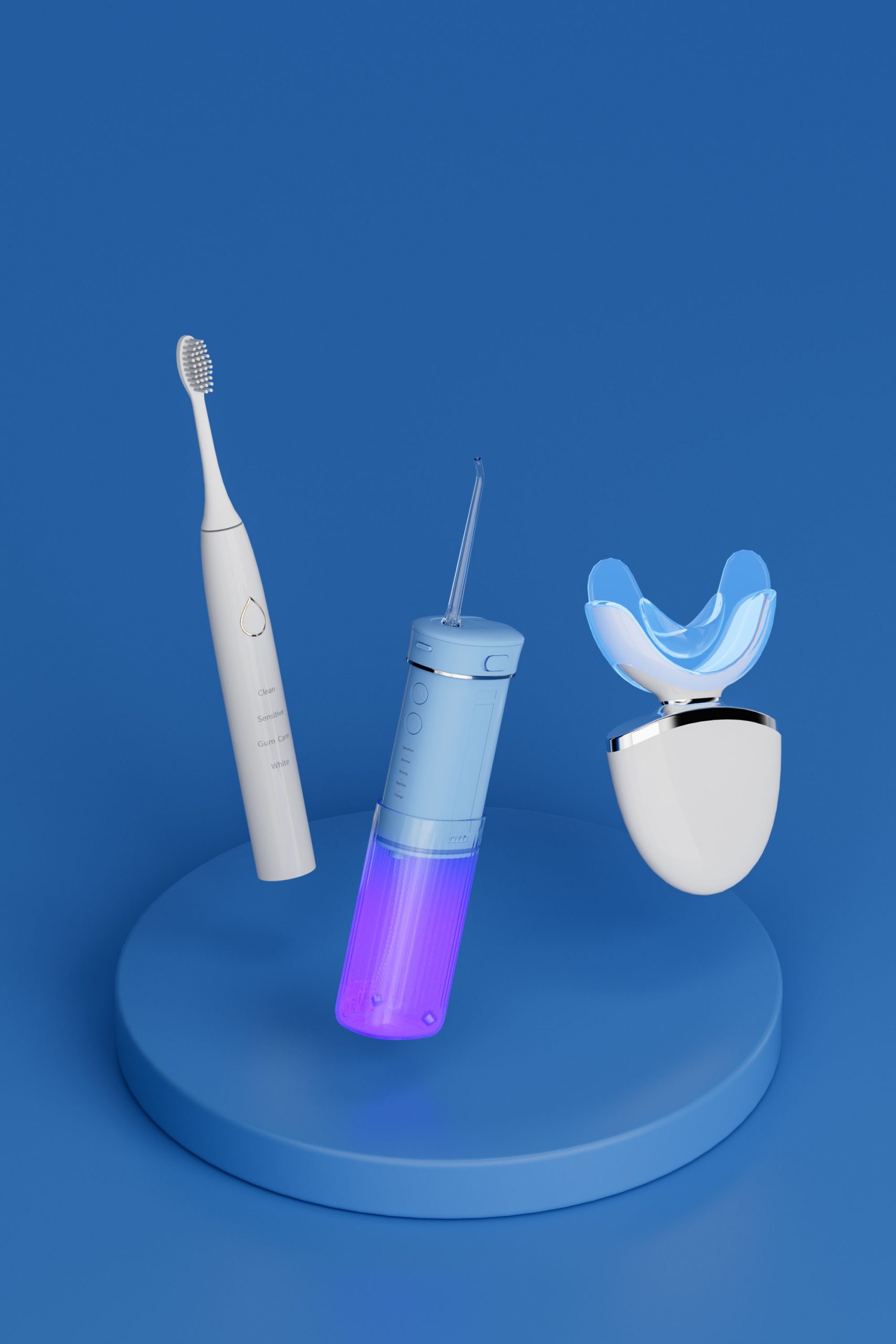
Are Electric Toothbrushes a Good Investment?
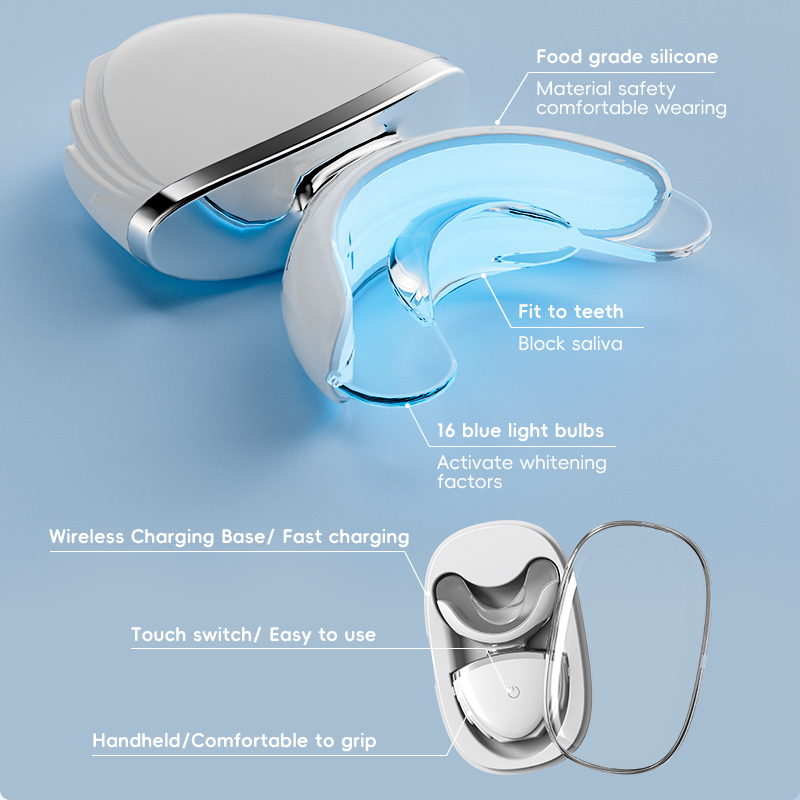
How to choose a reliable teeth whitening kit manufacturer

Troubleshooting Electric Toothbrush Problems: A Guide for Brands & Factories
-3-scaled.png)
Home vs. Professional Red and Blue Light Teeth Whitening Devices: Wavelength Stability and Energy Density Comparison

Targeting Niche Markets with Customized Oral Care: OEM Strategies for Brands

Clean & Maintenance Tips for Your Sonic Electric Toothbrush
electric toothbrush for dental hygiene kits
.jpg)
Florida Electric Toothbrush – Powsmart PTR-C8

Customization Teeth Whitening Gel

electric toothbrush heads Charcoal Infuse-Round

electric toothbrush heads Deep Clean

Electric toothbrush heads Charcoal Infused-Diamond

electric toothbrush heads Ultra Soft

Private Label Whitening Gel

electric toothbrush heads Regular Clean
whstapp
whstapp
National Toll-Free Service Hotline
+86 755 86238638